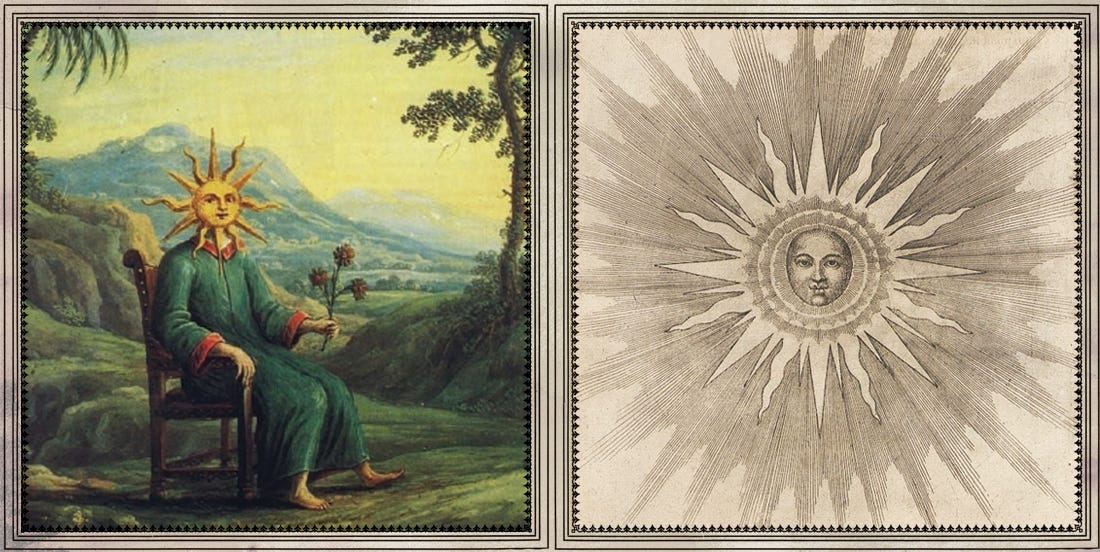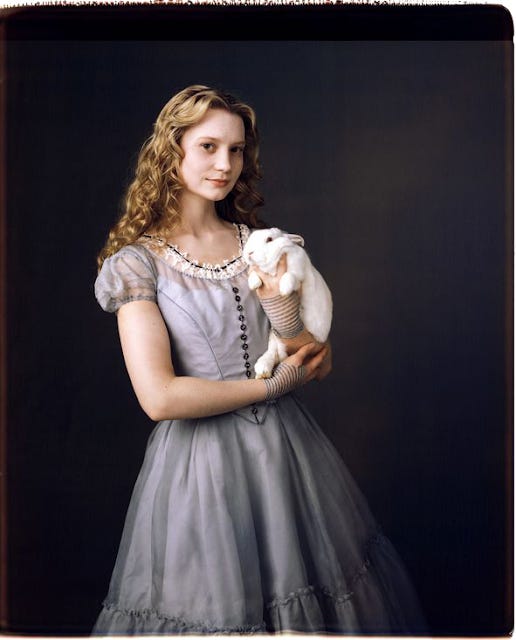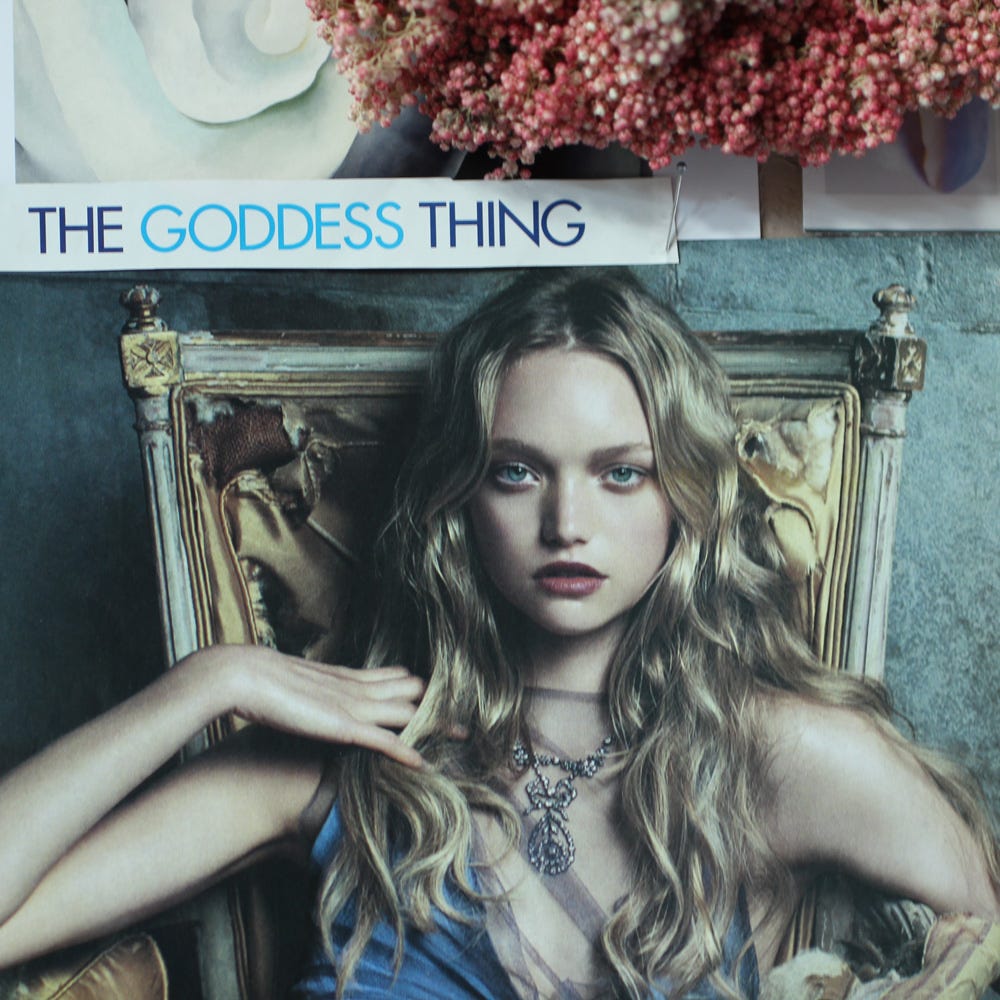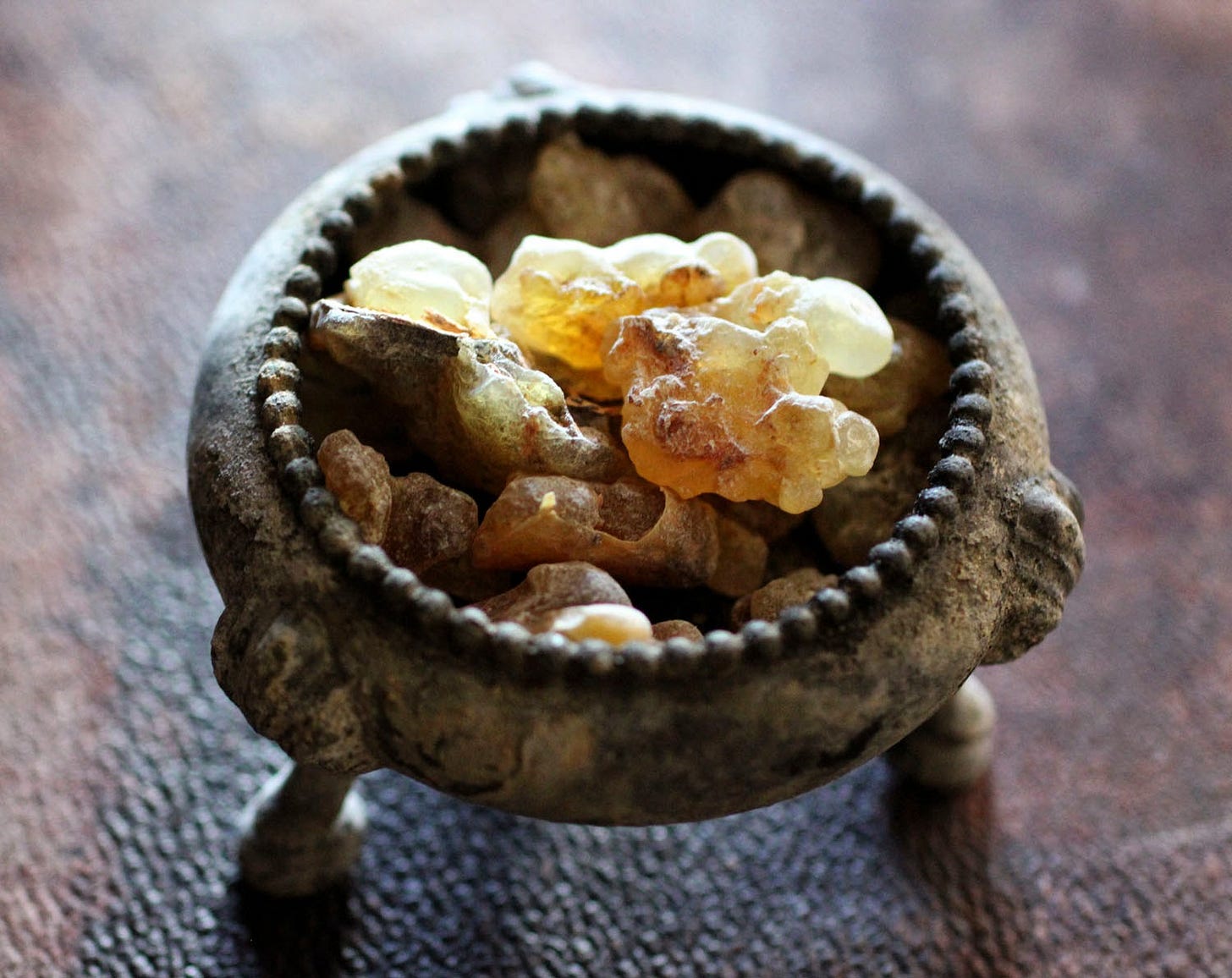Intending a very happy and splendid day to each of you. This is a conglomerate post stitched together from scraps at my fairly invisible journal which was started way back when I launched Illuminated Perfume and created a website. A post from last year at this time titled “When Women Were Birds” has some of the same copy+pasted verbiage, thus if you read that one this will be much of the same.
The origins of the word Easter are found in the ancient Saxon Lunar Goddess known as Eostre and Norse Goddess Ostara. In both these traditions, as well as those of the Greeks and Egyptians we find the symbolic use of eggs and bunnies. These images, along with those of flowers, birds and the theme of resurrection are pagan references to the advent of Spring and rebirth.
As mentioned in other posts here at Wandering the Wonderland, Spring is a trickster having many different days where she officially begins. Whether the word or words chosen to define this day/phase are Easter, Eostre, Ostara, Spring, Equinox, or the New Year, there are many similar patterns to observe.
Let us step into the circular, by not using a word for this yearly occurrence and instead observe a shift in the weather, plants and/or behaviors of animals, such as the ground hog. We welcome her with open arms as we transition from a cold dreary winter to a landscape filled with vivid colors, scent of flowers and birdsong.
Transition is a fitting adjective to describe this time of year. Yesterday here in Santa Fe, New Mexico we had a large snow fall lasting into the night, by this morning the snow had melted.
From an alchemical perspective, we view transformation as taking place on both an exterior and interior level. As we defrost from and emerge from a dark cocoon of hibernation, renewed by a period of deep reflection, we birth ourselves anew to the brightness and warmth of the extended sunlight.
The word Easter contains the word aster, a noun meaning a flower genus, originating from the Latin aster "star," from Greek aster; named for the radiate heads of the flowers.
Eostre
"Eostre is generally said to be an Anglo-Saxon Goddess associated with the renewal of life: Spring (season), fertility and the hare (for its quick and numerous reproduction). Eostre has been made to be a "goddess of Dawn" by modern writers, improvising on the theme of Eos; there is no sanction for this aspect in any historical document or ancient tradition. Though it has been said that she was sometimes depicted with a hares head, no authentic animal-headed deities appear in Germanic or Celtic cult objects. And, perhaps for good reason, there is no Celtic depiction of an Eostre whatsoever. Most likely the name of the Spring Goddess was lost and the name "Eastre" was substituted in the transcriptions of the 8th century. Other names given to her include Ostare, Ostara, Ostern, Estre, Eostre, Eoster, Eostra, Eostur, Eastra, Eastur, Austron, and Ausos."
- slightly edited from Wikipedia
I am quite found of going down rabbit holes to explore words and associated mythologies that humans have chosen to attribute to the experience here on planet Earth, including days, festivals, etc. Any of you who are regular readers of my work, have likely already sensed my exploratory nature in those realms. And, you may have also noticed, that I have an affinity with the roots of things with a keen interest in the ancestral & pagan traditions from when humans lived in harmony with nature.
One of those re-occurring themes stems from author Leonard Schlain, who wrote The Alphabet and the Goddess referring to the patriarchal trend in his story usurping a female deity with a masculine one. For example the attributes of the ancient Goddess Eostra have clearly influenced traditions, such as Christianity who adopted Springtime symbols to denote Easter and the Resurrection of Christ.
Some of my more recent explorations, that go into terrain most will not venture, is the concept of re-occurring cycles here on planet Earth. These ideas would explain why we have similar “stories” occurring at different time periods here on Earth. That particular rabbit hole is a bit much for most to wrap their brains around, albeit super interesting. Another fascinating tunnel, is the one that this reality is a simulation, depicted so well in the Matrix film and alluded to by the force of Maya, the cosmic principle of illusion, understood as the cosmic energy that also obscures the true nature of reality, preventing us from seeing the underlying unity and spiritual truth.
On April 12th we had a full moon, called The Pink Moon, a reference to the herb moss pink, or wild ground phlox, which is one of the earliest widespread flowers of the spring season.
Beginning April 15th we entered the Tree Ogham phase of the Willow, botanical family is the Salix. According to the modern neopagan Ogham calendar, it is the fifth month of the cycle falling between April 15th through May 12th. The Willow, termed Saille in this system of Tree Lore, is associated with flexibility and patience with an emphasis on femininity.
Like me, you may find yourself interested in ceremony and ritual, if so then I suggest venturing off to find a grove of Willow in your area and ask for a wish to be granted. We begin this little ritual by tuning into the imprint and hive mind of the willow spirit and the individual tree, asking for permission and sharing your desire.
If permission is granted, select a pliable shoot and tie a loose knot in it while holding the desired outcome in your mind and heart. When your wish has been granted, return to the site and untie the knot while remaining in a state of gratitude and love. In some traditions a gift is left for the Willow, such as tobacco. I suggest asking the willow what gift it would like from the start, as I have noticed the trees are more interested in an intentional gift like LOVE rather than a physical endowment.
Here in New Mexico we have the red willow, Salix laevigata, also called the polished willow, which grows in abundance near sources of water. The plant is currently threatened by invasives such as Tamarisk trees, which are equally thirsty and difficult to eradicate. The ancestral roots of this tree are related to basket weaving by the native people. In Santa Fe we find a plethora of red willows in Dale Ball Trails in Upper Canyon. The photo below is in Fall when the red willows turn red.
"The Tiwa (or Tano) are a linguistic group of Pueblo American Indians who speak the Tiwa language and share the Pueblo culture. Tiwa (also known as Tano) is one of five Tanoan languages spoken by the Pueblo people of New Mexico. The name Taos is derived from the Tiwa word for “place of red willows.” The red willow is a variety known for its reddish or purple twigs and bark rich in tannin. It is also known as the basket willow, having pliable twigs used in basketry and furniture."
- NMHistoricPreservation.org
Osirus & Jesus
Thick, goopy, viscous, semi solid, and sometimes the very sticky raw materials are part of “the way of botanical perfume", requiring patience and tenacity. This alchemical mirror reflects back the process of transforming base metals into gold, representing spiritual and psychological transformation. Solid matter, in this context, is the raw material that alchemists worked with, aiming to transmute its properties through the process of alchemical manipulation.
This is also seen through the story of the death and resurrection narratives, such as Osirus and the Christ, depicting a journey of change to achieve a higher state of being.
The Christ, Jesus, is the central figure in Christianity, also appearing in writings by the Rosicrusians, Theosophists and some alchemical traditions. Osiris is an ancient Egyptian god of the afterlife, fertility, and agriculture. Both Osiris and the Christ die and are resurrected, symbolizing a cycle of death and rebirth. Other associations include them as saviour figures, offering hope and salvation to their followers and both embodying a bridge between the earthly and spiritual realms.
The German Egyptologist, Kurt Sethe, proposed Osiris was originally the human ruler of a unified Egypt in prehistoric times, before a rebellion of Upper Egyptian Set-worshippers.
Alice, Lucy & Pan
Spring, nature and resurrection, the Mother Goddess, the egg, curious little girls named Alice and Lucy, a boy named Peter and a Greek God are some wonderful Spring archetypes to explore. Popular art culture, including the fantasy genre, has provided many examples of symbolic figures such as Alice, from the 1865 English children's novel by Lewis Carroll Alice's Adventures in Wonderland.
A tangent universe to Alice, is Lucy from The Chronicles of Narnia, her portal is a closet rather than a rabbit hole.
And of course, there is Pan, a Greek God depicted as half man half goat and considered the personification of nature as well as the story of Peter Pan, the mischievous boy who can fly and never grows up. I am especially found of the portrayal of Mr. Tumnus, a character similar to Pan from the film version of The Chronicles of Narnia, depicted by James McEvoy.
Scents that Sing Spring
"And frosts are slain and flowers begotten, And in green underworld and cover Blossom by blossom the spring begins."
~ Algernon Charles Swinburne from When the Hounds of Spring
Scents that Sing Spring are primarily green to both nose and vision, especially after a good healthy dose of rain, such as the color and scent of fresh grass, leaves and new life. We also have herbs such lavender depicting the simplicity of a new day and notes including citrus, wood and fresh florals. The chirping of birds provides a nice musical score to the notes of Spring.
I offer a SPRING essence,solid perfume discovery set here.
If you found this rambling intriguing, I suggest a cousin to this post titled → Easter Was Made Up in 325 AD — And Yes Astrology Helped.












